
Find out more about Julie on her website here.
From Dad’s Study to the Modern Home Office
The home office is once again undergoing renewal. In the days of Ozzie & Harriet and Father Knows Best, Dad used to go off to his study, off camera. Maybe bills were paid, maybe newspapers got read. (Who really knew?) Flash forward to the 1970s, and we sometimes saw Mike Brady work on architectural drawings in his study, but for the most part, people left their work at work. There were offices, with dark, heavy office furniture and grey filing cabinets, and then there were cozy homes.
With the advent of email, expectations increased that we’d do work beyond work hours, and boxy computer desks became the norm. Then came the 21st-century, laptops, and sleek Ikea desks. Demands for more flexibility meant more of us could work from home, so dedicated workspaces became a necessity. Solopreneurs needed more than just the kitchen table to plan empires. And in the last year, almost the entire planet turned to remote work.
What we do in our home offices is constantly evolving. But what doesn’t change is our need for better storage to accommodate our ever-changing home office needs.
The Real Reason Your Home Office Storage Isn’t Working

Do you own three staplers but can never find one that works? Is there no room in your filing cabinet for actual files? Is it hard to roll your office chair back because there are piles on the floor? There’s a science to storage so that you can find exactly what you seek, but first it’s important to understand three main reasons why home offices get cluttered.
First, it’s a natural tendency to hold onto too much stuff. If you’ve ever worked in a communal office where someone tightly controlled access to the copy paper or had a habit of “walking off” with all the Post-Its®, you may have developed an instinct toward self-preservation in the guise of supply hoarding.
Second, not enough thought goes into what belongs with what or where it should go. If you left a job where you were overworked and unappreciated to strike out on your own, you probably took a class in creating a business plan; you probably did not take one on developing a storage plan. Maybe you’ve got all sorts of office storage containers, some overloaded and some half full of mismatched items. My Golden Rule of Organizing is, “Don’t put it down; put it away!” It’s very hard to put something away if you haven’t defined where “away” is, where the item should live.

Good storage solutions mean you can put things away now so that you can find exactly what you’re seeking later and get on with your work.
Third, home offices are disorganized because most people lack awareness of practical, attractive storage options that can help them corral all of their supplies, resources, and information. Coming up with storage ideas for your home office may not give you shivers of excitement, but that doesn’t mean your storage choices can’t be delightful and efficient.
What You Need To Know For Organizing Home Office Storage
To hone your ideas for organizing a home office, you need to ask three questions about each item:
1. Why are you keeping it?
When setting up a storage system, you need to purge excess and unnecessary items. The key to identifying what is truly necessary is knowing why you have it in the first place.
Sometimes there are financial or legal requirements for keeping documents, but records retention schedules clarify why and how long to store them. But there aren’t any laws regarding how long to keep fading highlighters or old hard drives, so you need to give your space a reality check.
Uncertainty is the driving force behind holding on to outdated gadgets or tools that are awkward to use. If you haven’t used it, don’t know how to use it, or it doesn’t actually work for you, donate or recycle and let it go.
If you aren’t sure why a document or file is being kept, ask yourself (or your attorney, accountant, or professional organizer) under what circumstances might it be needed in the future? If your answer to “Why am I keeping it?” is a shrug and a sheepish “Just in case,” it’s time to let it go.

2. Who needs to access it?
These days, your home office is not just your office. Maybe it’s a recognizable office space, but you share it with your work-from-home spouse. Or perhaps the room does triple-duty as an office, virtual schoolroom, and a hobby area for tiny humans (or spouses who sometimes act like tiny humans).
When considering what you’re going to store in your office, as well as how and where, be mindful whether everyone can access what they need, when they need it.
As a corollary, consider who should not have access to certain stored things. In traditional offices, you may need to control access to sensitive data. For home offices, where corporate espionage is less often a concern than a toddler’s sticky jam hands, a lockable storage cabinet should suffice for keeping essential office supplies from sneakily becoming school and art supplies.
3. How often will you need it?
Think of your desk in terms of prime real estate. Don’t waste the valuable space of your desktop on rarely-used items—it reduces the property value. The more often you need to use or access something, the closer it should be to you, and vice versa.
Learn more about how to convert your living room into a home office space.
Key Strategies for Home Office Storage
Is your idea of creating home office storage frantically tossing everything into any available drawer or cabinet to create a Zoom-worthy workspace? If so, you’re not alone, but it’s time to start thinking more strategically.
Practice Zone Defense
A common mistake is trying to keep everything out and visible. This just leads to big, messy piles that limit your focus and your creativity. By storing like-with-like, keeping items with similar purposes together, you’ll only have to look in one place for whatever you need. If you trust your storage system, you’ll be confident that you know where everything is. Your home office ideas for storage should focus on creating zones:
- Workspace

You sit at your desk, using your computer for creation (documents, spreadsheets, presentations) and collaboration (virtual meetings, communication), so you need your focus. Limit what you keep on your desktop to things you need to access frequently throughout the day, like your favorite pens, phone, or calculator. This will minimize clutter, reduce fiddling and distractions, and maximize your efficiency. (Pro tip: Consider the front half of your desk as workspace, and the back half as storage space.)

Aim for small storage solutions that keep items vertical: pen mugs, mesh desk organizers with divided sections, or the meori Foldable Box Minis. If you need to dump out a container to find what you need, you won’t trust your system and will start leaving things loose on your desktop.
For your action-related paperwork, files arranged vertically in a desktop file riser keep your focus on current projects and let you see each file label at eye level. An alternative to a file riser is a half-depth desktop file box, but with all files at the same vertical level, it will be harder to see the label tabs from a seated position. So, store the file box on a desk-side shelf, slightly lower than eye level.
- Active Supply Zone
Store often-accessed items in drawers. Use interlocking desk drawer dividers to create mini zones inside your desks:
Sticky Zone – tape, glue
Hold-Together Zone – staples/staple remover, binder clips, rubber bands
Call-Attention Zone – sticky-note pads, tape flags
Data Zone – thumb drives, small portable drives
(Pro tip: Interlocking desk dividers of varying sizes waste less space and are more adaptable to your changing needs than the old one-piece plastic drawer inserts.)
If you use a standing desk, a modern drawer-free Ikea desk or something similar, you can store supplies in free-standing under-desk storage drawers, particularly the kind you can roll to another workspace if someone needs to use your computer.

If your desk has little surface area and limited drawer space, place a small bookshelf or cabinet next to your desk, and then each of your mini-zones can go in separate small containers, arranged side-by-side. Even if you prefer more “fashionable” storage for show, cabinet storage lets you hide things away, so you can use inexpensive DIY options, like small stackable food storage containers. (You can fit a lifetime supply of rubber bands in one-cup container!)
Learn more creative ways to organize your art studio.
- Long-Term Supply Zone
You may instinctively keep dozens of pens or mountains of sticky-notes near your desk out of fear of being caught short. However, it’s more efficient to keep minimal supplies on/near your desk and create your own personal office supply store on shelves and in cabinets outside of your prime real estate. “Shop” as necessary to replenish dwindling supplies. The less crowded your desktop, drawers, and shelves in your immediate space, the more free you will feel.
So, keep three or four sticky-note pads in your desk, but the rest of your supply in long-term storage. Keep a ream of paper on the shelf or cabinet closest to your printer, but move the rest out of your way. Maintaining a long-term supply zone means that you can keep back-up toner cartridges or light bulbs without them taking up your precious prime real estate.

As with your more active storage, group like-with-like, each in its own container on open shelves or in storage cabinets. All pens, pencils, and markers together in a small, plastic, lidded tub, or group all paper with copier and printer supplies, in a meori foldable box. Again, if you’ve got things hidden away in cabinets, you still want to sort and contain by category for your mini-zones, but inexpensive DIY options for “hidden” storage can include plastic dishpans, which easily pull off cabinet shelves as if they were drawers.
Labels the edges of shelves to make it easier to locate items or to identify supplies that are out of place or running low.
(Pro tip: If it’s inconvenient to access something, you’re going to either avoid using it or avoid putting it back. Whenever you don’t have to worry about spillage, skip putting lids on storage containers and you’ll be more inclined to keep things neat.)
- Paper Zones
Up until now, we’ve talked mainly about storage for “stuff,” but even those who feel comfortable with organizing three-dimensional things are stymied by all the paper in their home offices. Different kinds of papers need their own zones, too:
Action Paper Zone – As we discussed, these are related to tasks and projects you’re actively working on right now, and work best in a file riser. Take a moment to review them at the end of the day; if you’ve gone two business days without using an action file, send it to the Active Reference Zone.
Active Reference Zone – This is where you keep important information you refer to and retrieve often. It will be related to current projects, clients, orders, finances, etc. You’re going to be storing these in a pretty standard way, in hanging files, in, under, or near your workspace. (See the vertical section below, for more details.) Active files should be easily accessible in file cabinets or desk file drawers, and preferably, you should not have to get out of your chair to retrieve them.

(Pro tip: Pretty shelves of colorful three ring binders may seem like an attractive paper storage option. However, it’s easier to create new categories with a file folder than a binder, and most paper that enters your life won’t already be three-hole punched, adding more labor to your day. If you really love binders, create just one or two for current projects to see how you keep up with maintenance.)
Archived Information Zone – The biggest mistake most people make with paper storage is not separating current (action and reference) files from archive files. Anything related to a completed project or course, financial records for a closed tax year, or correspondence related to finished activities, shouldn’t be living in your prime real estate.
Archival storage can generally be kept in Banker’s boxes or plastic, lidded hanging file tubs. (Use the latter if you need to store your archives in the attic, basement, or anywhere that you can’t control temperature or humidity, or protect against “critters.”) Label and date boxes or tubs clearly on the sides (so the information is visible from the front), and store them in closets, cabinets, or other areas of your home. Your archived storage zone is the one category that doesn’t have to actually live in your home office.
Try to avoid stacking archived file boxes atop one another, as it’s almost impossible to access documents on the lower levels of a tower of boxes without showering yourself in an earthquake of papers.
Size Matters: Think Outside the Toy Box
Too much storage container for too few supplies can be a real problem. Think about a child’s toy box that is too deep. All the blocks and toy cars fall to the bottom, and without upending the whole box, kids can’t access anything except the big stuffed animals or beach ball-sized items.
Putting a lot of unrelated small things in one large desk or filing cabinet drawer is an invitation for losing track of what you have. Using several smaller containers, side-by-side, with related content isolated to each one, means you can easily see and find everything you want when you want it.

Small containers are ideal for your desktop and on shelves in your prime real estate, whatever you can reach without standing up. Medium and large containers work equally well inside closed cabinets or on open shelving or storage cubes.
Let’s say you do podcasting and videos, periodically but not so often that you have a permanent studio setup. Putting all of your equipment in one large box or tub is a recipe for chaos. But a medium storage box of podcast recording equipment can sit on open shelving next to an identically sized but different color storage box containing lighting equipment. Each category is self-contained but still shares the general space, creating related mini-zones. Just be sure to label the containers and the shelves so everything goes back where it belongs.
Up, Up, And Put Away: Vertical Storage Options

The smaller the space, the more creative you have to be with your storage ideas for the home office, and vertical storage can be the solution.
Vertical storage is so much more than shelves or hooks. If you have a computer desk created in the last century, you may lack ample drawer space; that’s common with home office furniture designed more for aesthetics than practicality. However, your vertical storage options are only limited by your ceiling height.
Hang a 24-pocket mesh shoe organizer on the back of your door or pin it to your wall and you have visible, accessible storage for almost all of your small-to-medium items. As always, store like-with like, separating individual categories, and be sure to label what goes in each pocket.

If you are more of an artisan than an accountant, you may want to display your tools for easy access and to take quick advantage of the muse. Pegboards have come a long way since they lined the walls of the basement or tool shed and now come in designer colors with inventive accessories. DIYers can put a piece of pegboard in a large picture frame (minus the glass) and hang it to create an office wall organizer. A few pegboard hooks let you can hang anything from tape to scissors to a small cubby of art tools.
If the filing cabinet next to your desk is metal, a magnetic wall pocket or angled wall file organizer provides stellar vertical storage for instruction manuals, papers to file, supply catalogs, or whatever you need close at hand without taking up limited file storage space.
You can even create more horizontal space by going vertical! Store more right in front of you with a computer riser. Whether you use a laptop, a desktop, or just an extra monitor, a good riser offers storage underneath for your phone or tablet, external drives, and a small container of chargers, ear buds, or other at-desk necessities.
Vertical storage is especially important with paper. Hanging files are tidier than files piled on your desk, making it easier to group them into categories and display their labels more clearly. A file drawer in a desk, standard two- and four-drawer filing cabinets, and vertical files all corral your papers, but don’t worry if you don’t have the space or the funds. You can also keep your files organized with desk-top file boxes or meori’s Hanging Office Box, placed on open shelving or Ikea Kallax storage cube shelving, or stack plastic milk-crate-style file containers.
For bulky paper resources like manuals, supply catalogs, and conference materials that may not lend themselves to hanging, stand them up in magazine sorters, which come in a wide array of styles and materials, from metallic mesh to wood to colorful plastic.

Vertical storage can help you brainstorm and reduce paper piles while keeping essential information at your fingertips. A magnetic whiteboard with cheery magnets or a corkboard wall with push-pins helps you visualize the scenes in your novel or the steps in your next project. (Pro tip: Hang a little basket of magnets, pins, or other whiteboard/corkboard supplies from a hook on the wall.)
Vertical storage keeps everything accessible without making a mess!
Be Bendy: Seek Solutions that Offer Flexibility
How you use your home office will continue to change over time, so make home office storage decisions that let you be nimble.
A heavy 4-drawer wood filing cabinet will likely stand in one place for as long as you own your home, making it hard to rearrange furniture. Instead, opt for two lightweight, 2-drawer metal Ikea file cabinets, and you’ll give yourself more flexibility. They can stand together, creating a doubled horizontal surface area for other storage containers or displays, or you can lay a door or small shelving unit to bridge the divide, creating vertical storage above and a storage alcove below the shelves, between the cabinets. Or, place them on opposite sides of the room, with one earmarked for family files and the other for work-related documents.
Consider how the size, shape, weight, and style of your storage decisions impact how flexible you can be. If larger or heavier storage containers have handles, they’ll be easier to lift if you need to move, paint, or rearrange your home office. And if your storage is attractive, you won’t need to move it out of sight for every virtual or in-person meeting, giving you a boost to your productivity.
Whatever office organization ideas for home you contemplate, remember that the goal is make your space serve your needs, now and in the future.
More about Julie Bestry, our guest blogger:
Julie Bestry is a Certified Professional Organizer® and president of Best Results Organizing, providing guidance in all aspects of organizing and productivity. Julie helps residential, home-office, and professional clients save time and money, reduce stress, and increase productivity through one-on-one organizing services, workshops, and webinars, as well as her books and Paper Doll blog.
For more home organization ideas check out our blog post on “Storage Ideas for Your Home“.
View all of meori’s home office storage products.

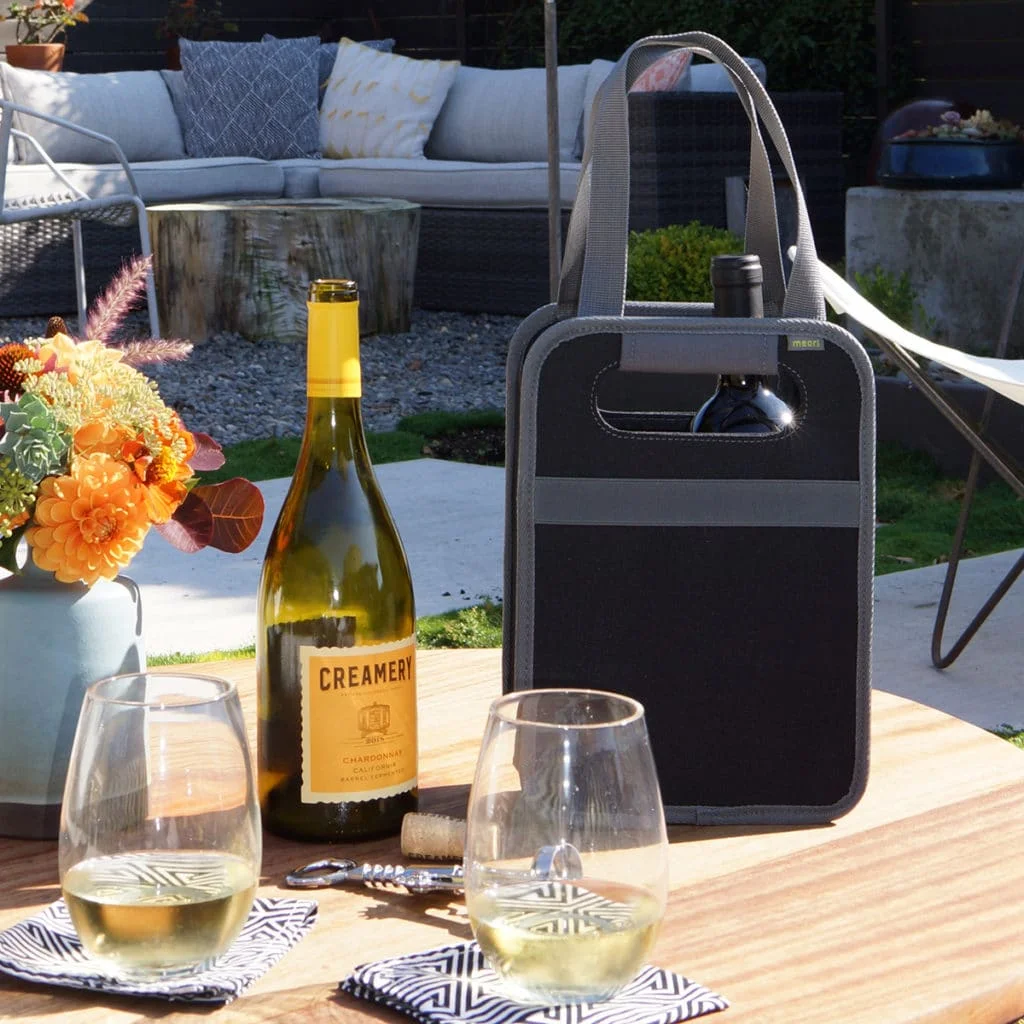
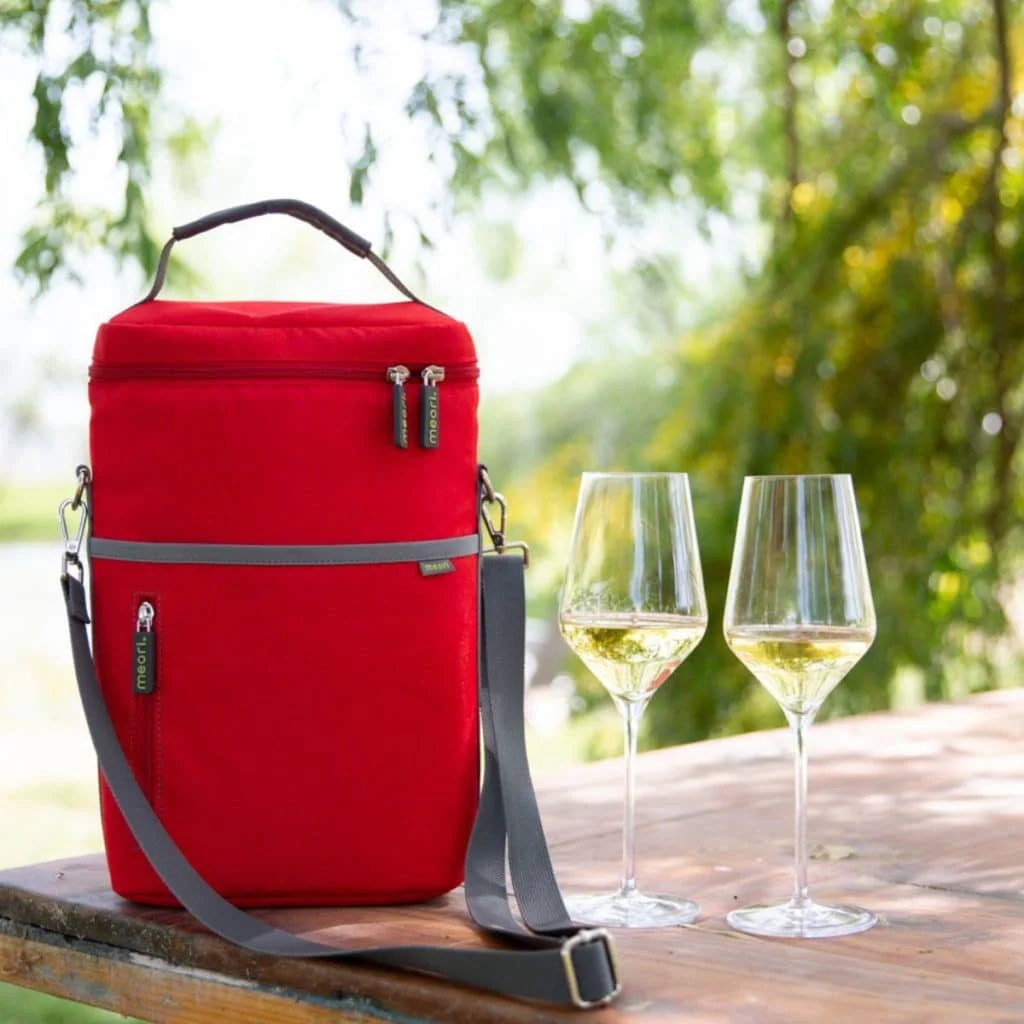
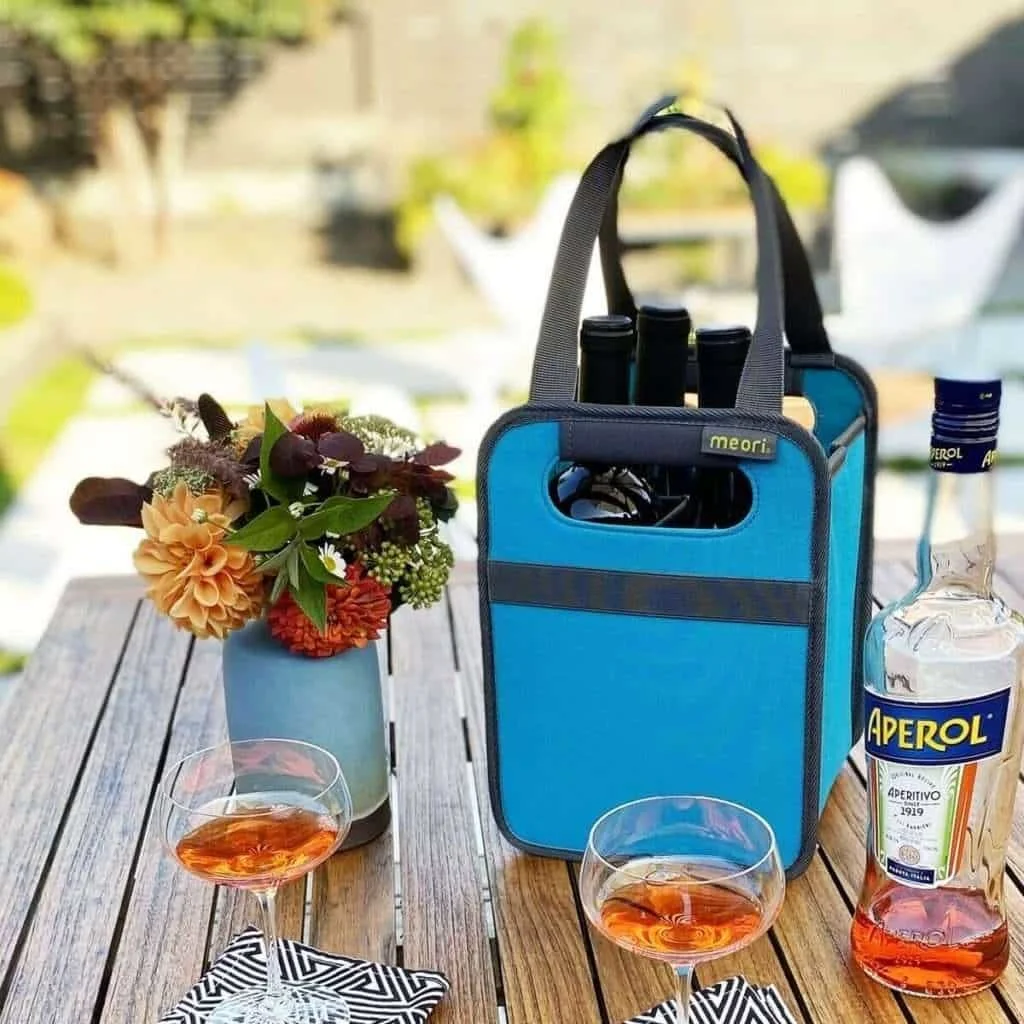
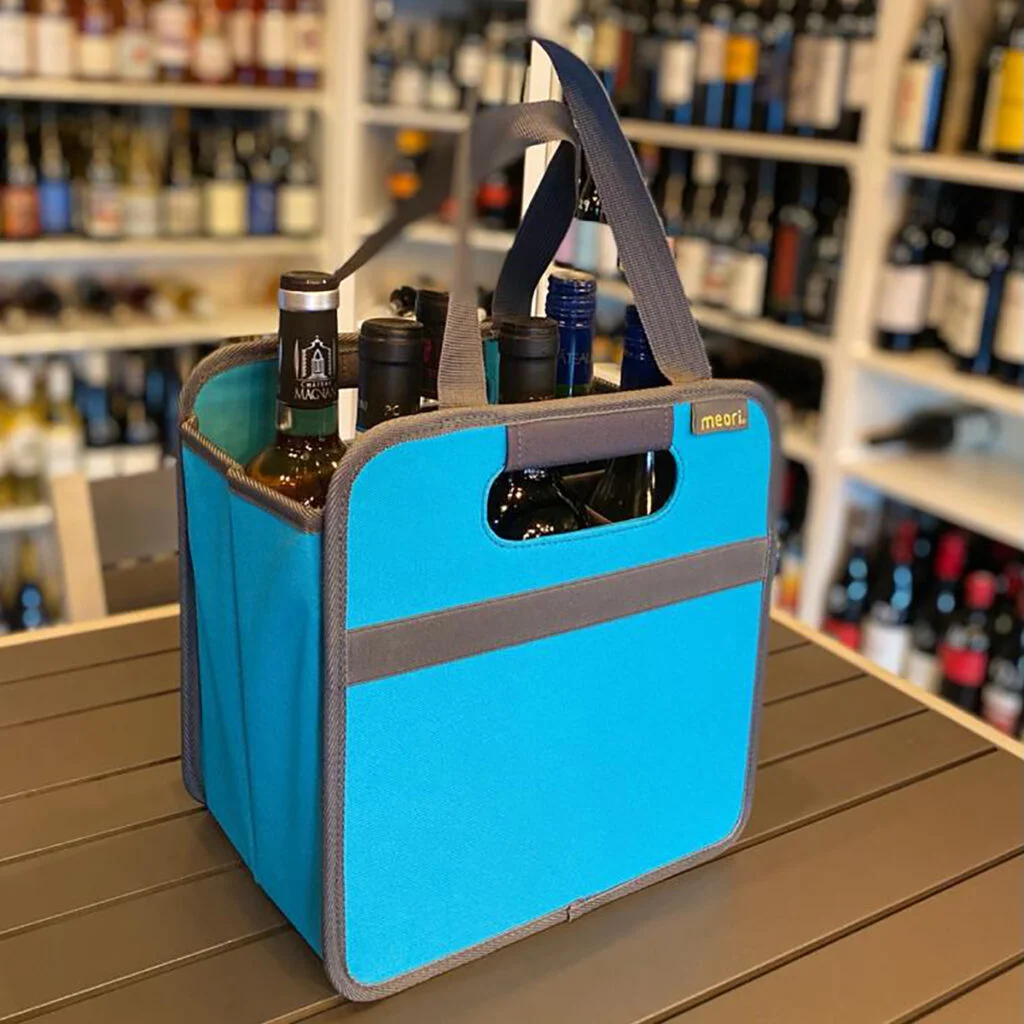
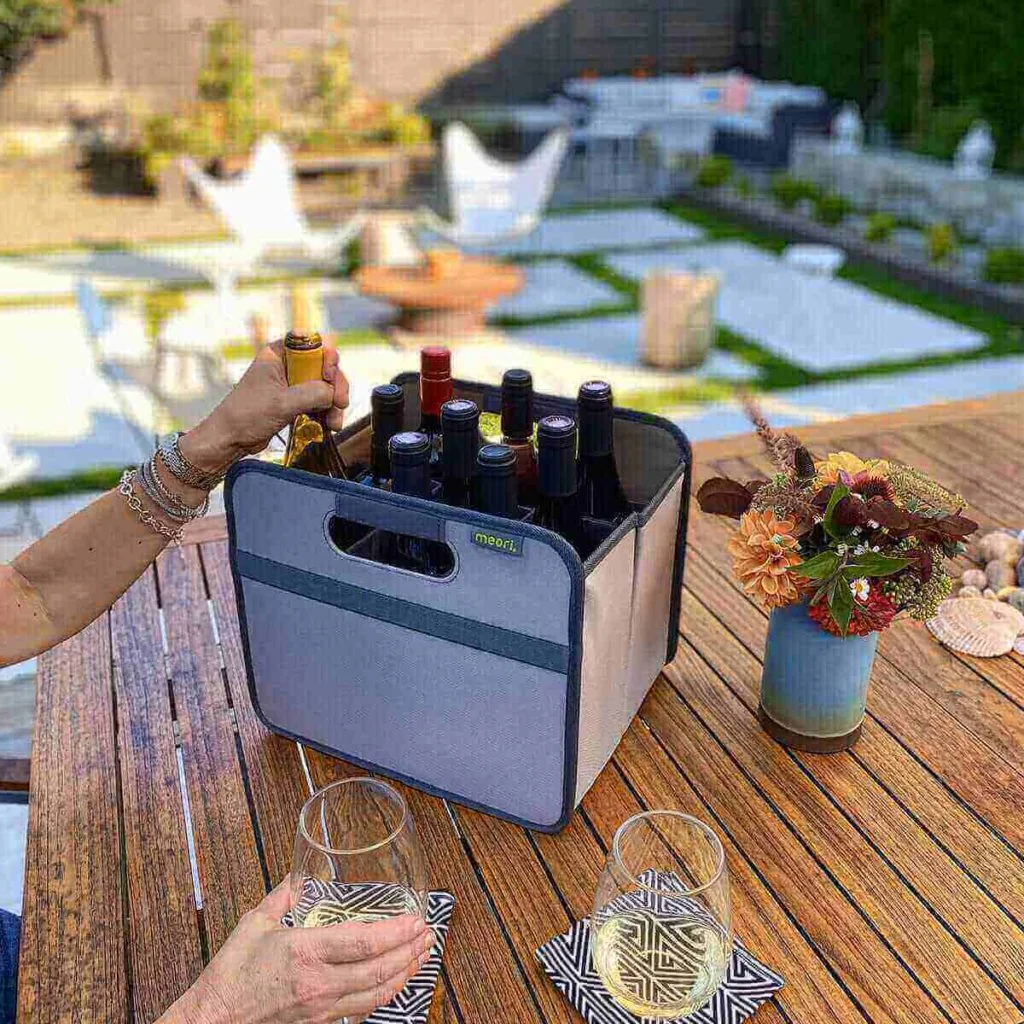
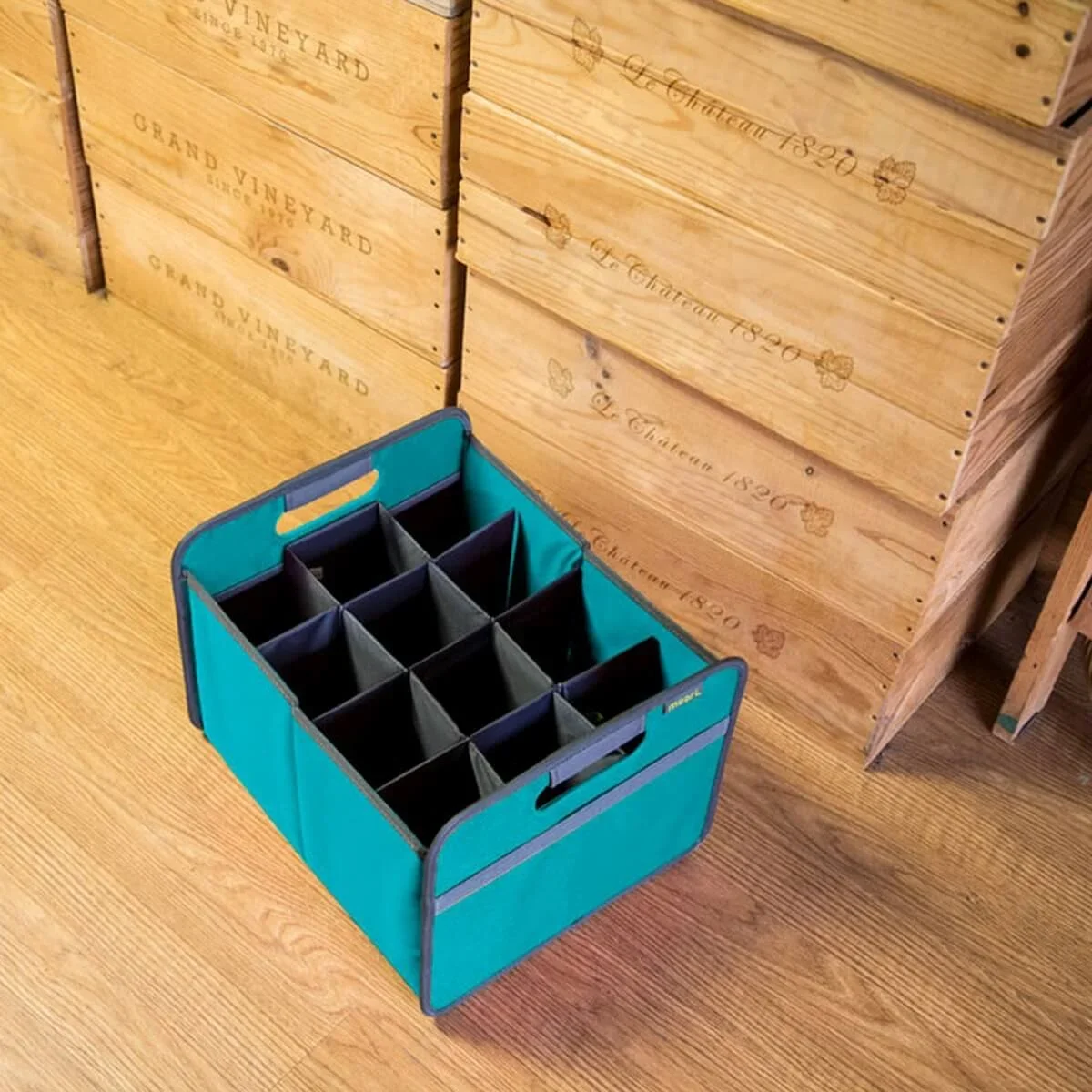
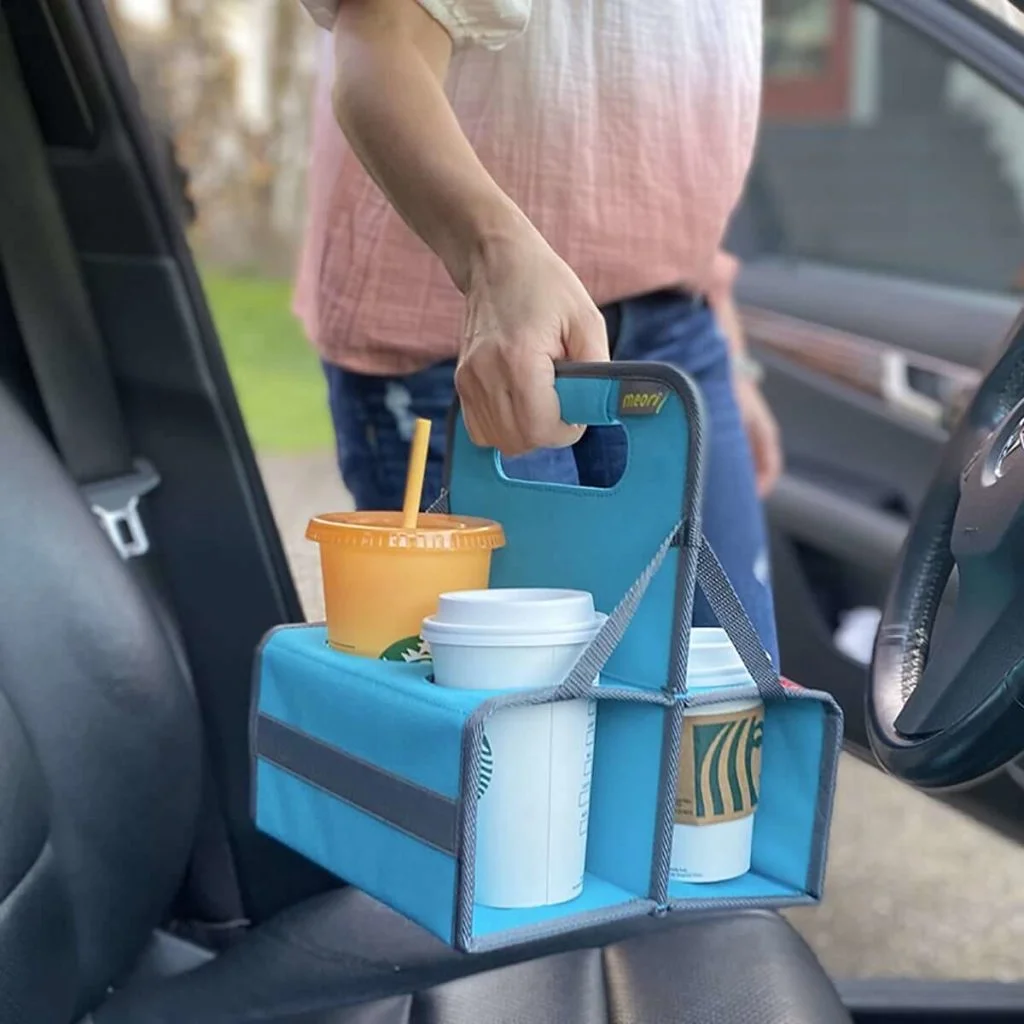
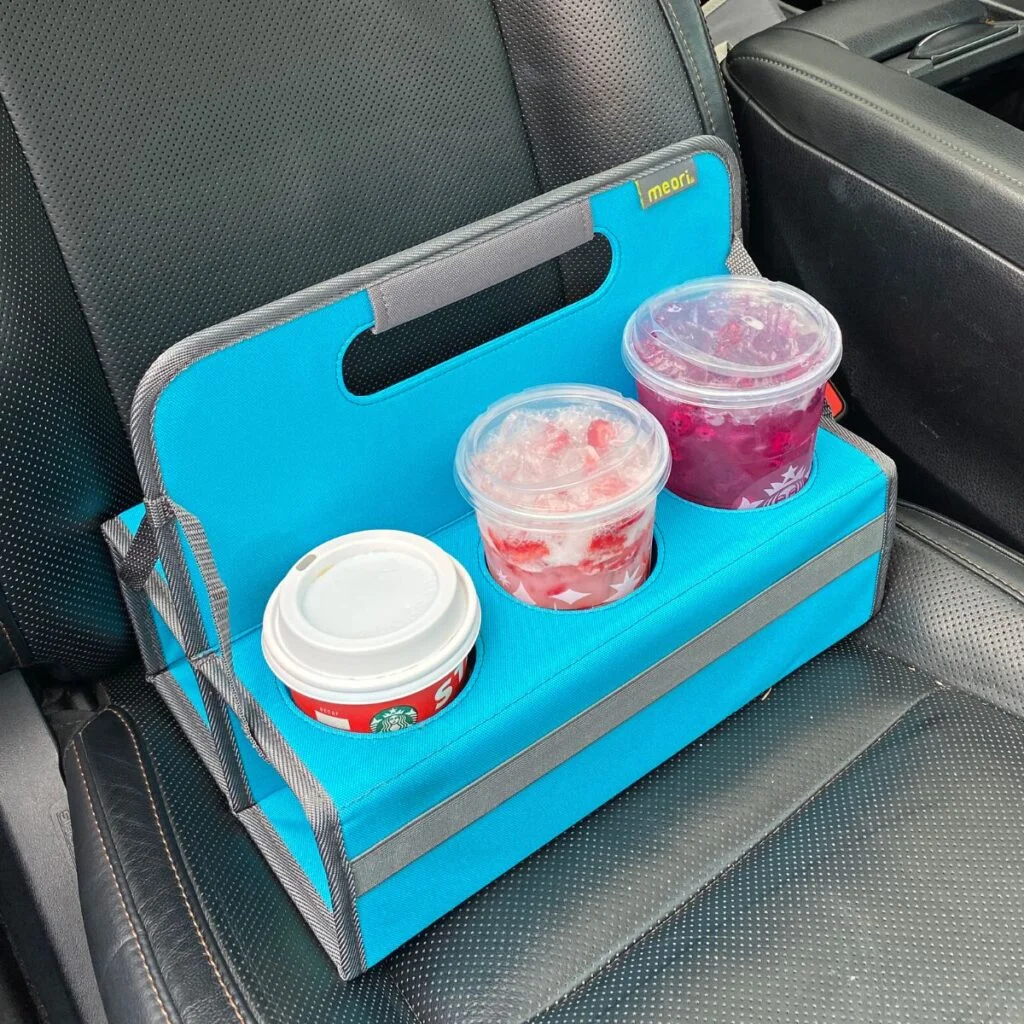

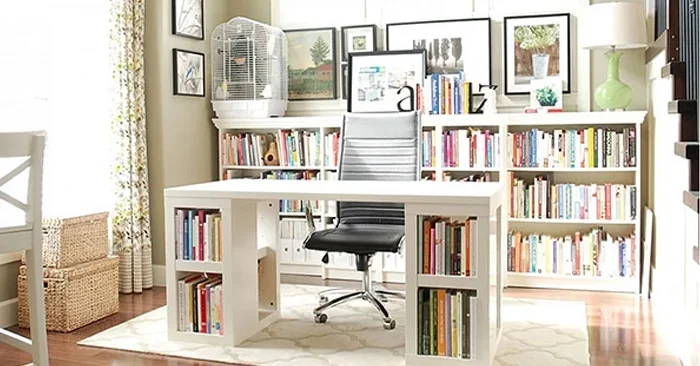

This Post Has 2 Comments
It’s an honor to be your first guest blogger. meori products are both beautiful and practical, and I’m delighted to share my organizing expertise with your customers and readers.
I love that collapsible file box. I got that for my daughter for Christmas and it is just perfect! it is lightweight and easy to store in a cubby. Great tips as always, Julie.